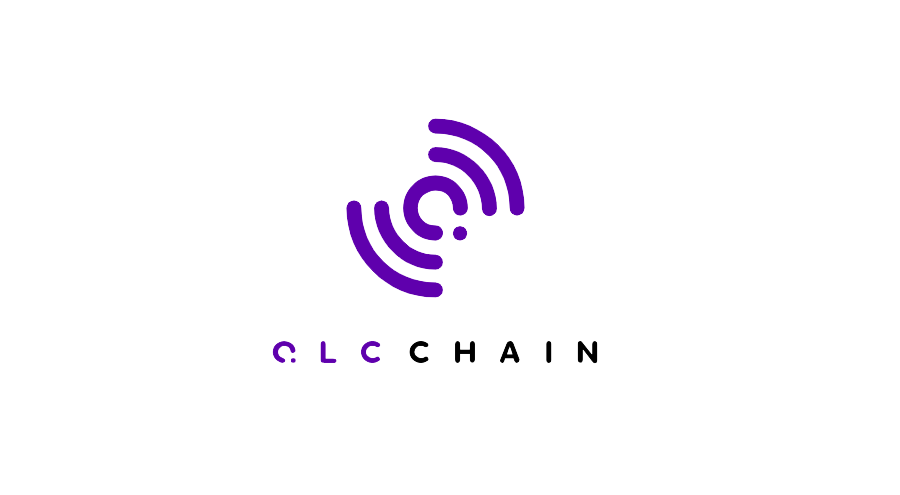Qlink, the world’s first decentralized mobile network, today unveils its next-generation public blockchain, QLC Chain, for decentralized Network-as-a-Service (NaaS). To reflect the project’s focus on this unique public chain development, Qlink has rebranded as QLC Chain.
To construct an open blockchain-enabled network and to create an ecosystem, the QLC Chain enables individuals, businesses, and organizations to leverage their own network resources to instantly become a service provider. The mission is to provide network service through a simpler and more secure way with full transparency.
Today the world is awash with underutilized networks and idle capacity, yet 52% of world’s population is still disconnected from the internet. By decentralizing network operation, network devices can be registered and the network service can be provided securely and transparently in a peer-to-peer model. At the same time, QLC Chain offers an alternative to the traditional centralized operation model by providing decentralized name resolution, firewall, search and billing to the end users and operators.
“QLC Chain improves the network services by tackling underutilization, increasing accessibility, boosting network security and enabling content awareness,” says Susan Zhou, Co-Founder, and COO, QLC Chain. “Our vision at QLC Chain is to build a next-generation public blockchain that empowers everyone to operate and participate in this distributed network in a simple, secure and transparent manner. QLC Chain can virtualize the network participating devices and assign roles to different nodes based on the demand of network. We aim to complement and shift the industry structure from the current incumbent-dominant model to a crowdsourcing model.”
QLC Chain has already developed its first dApp – WinQ, available on Google Play and Github. WinQ is the first decentralized VPN marketplace and WiFi Sharing dApp enables users to provide VPN and WiFi services by sharing their idle network capacity to users on the WinQ. This paves the way for individuals and businesses to rapidly build and deliver services on the decentralized network.
QLC Chain deploys a multidimensional Block Lattice architecture and applies a virtual machine to manage and support integrated smart contracts. Additionally, QLC Chain utilizes dual consensus: Delegated Proof of Stake (DPoS), and Shannon Consensus. Shannon Consensus is first proposed by the QLC Chain team. Through the use of this dual consensus protocol and multidimensional Block Lattice architecture, QLC Chain is able to deliver a high number of transactions per second (TPS), massive scalability and an inherently decentralized environment for NaaS related decentralized applications (dApp).
QLC Chain brings together the public chain, new network protocols, smart contracts, tokens and multiple SDKs for developers, and further enriches ecosystem of decentralized network service.
“QLC Chain will significantly lower the bar for anyone or any organization looking to leverage their own network capability to provide on-demand services to our users,” comments Allen Li, Chief Architect, QLC Chain. “Various types of network devices can become the full nodes to provide access, transmission, storage, and security to collectively contribute to a distributed network.”
